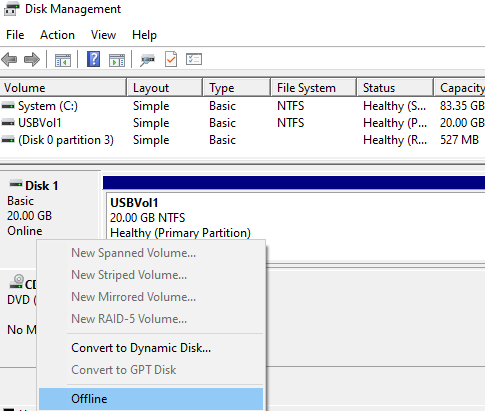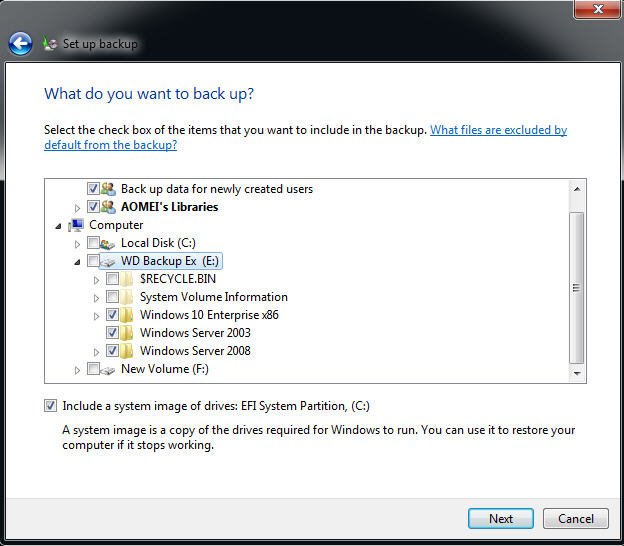

Then why would we ever actually need checkpoints? When to use Hyper-V checkpoints Backups can be restored as a cloned VM, and run side-by-side to the originalĬonsidering the points above, I hope you can see that checkpoints aren’t a viable alternative to a data protection software.Backups don’t affect VM performance, after backup completion.Backups consume less space by using deduplication and data compression.Checkpoints are lost when the VM’s virtual disk is damaged.Checkpoints may slow down the entire host as long as you are keeping them.

If you’re not yet convinced, take a look at some facts about backups vs. Any problem occurring with the datastore leaves you without a VM. This means, the datastore still happens to be a single point of failure in your system. Due to its nature, checkpoints are being stored on a production datastore along with VM hard disks. It’s not a remedy preventing you from data loss or an alternative for backups. It’s pretty unfair to think about checkpoints as backups. Sounds like a backup, right? But, it is not! Checkpoints are not backups This means you could preserve this state for a while and revert back to it if something happened with the current state of a VM. Logically, it’s better to think about Hyper-V checkpoint as a consistent state of a VM in a specific point in time. Once the checkpoint is taken, the differencing (.avhd(x)) disk becomes a place where temporary changes to the VM’s original disk are stored, while an original disk remains read-only. In addition, there may be two additional files with virtual machine (VM) memory (.bin) and state of VM devices (.vsv) if the VM was turned on within checkpoint creation. Physically, a Hyper-V checkpoint is a differencing virtual hard disk, that has a special name and avhd(x) extension and a configuration xml file with GUID name.
#DRIVE SNAPSHOT TO VIRTUAL MACHINE WINDOWS#
Let’s agree to call the technology the formal way from now on - Hyper-V checkpoints, assuming that you’re on Windows Server 2012 R2 or later. Renaming still might be a bit confusing but it’s official, so it’s easier to go with it. For example, Microsoft System Center Virtual Machine Manager (SCVMM) was previously referring to checkpoints rather than snapshots. That was done in order to prevent confusion around Hyper-V snapshots and VSS (NTFS) snapshots, and to keep things consistent.

Even though the term is still correct for older systems like Windows Server 2008, Windows 2008 R2 and Windows Server 2012, the technology has been improved in Windows Server 2012 R2 and was renamed to ‘Hyper-V checkpoints’. Hyper-V snapshots aren’t snapshots anymoreĪs a matter of fact, it’s incorrect to refer to Hyper-V snapshots as “snapshots” anymore. Today, I’m going to provide you with the 12 things you should know about Hyper-V snapshots.
#DRIVE SNAPSHOT TO VIRTUAL MACHINE PRO#
No matter if you’re already a virtualization pro or if you’re just now learning about it, you should get Hyper-V snapshots on your side. Snapshotting technology is one of virtualization’s key features.


 0 kommentar(er)
0 kommentar(er)
